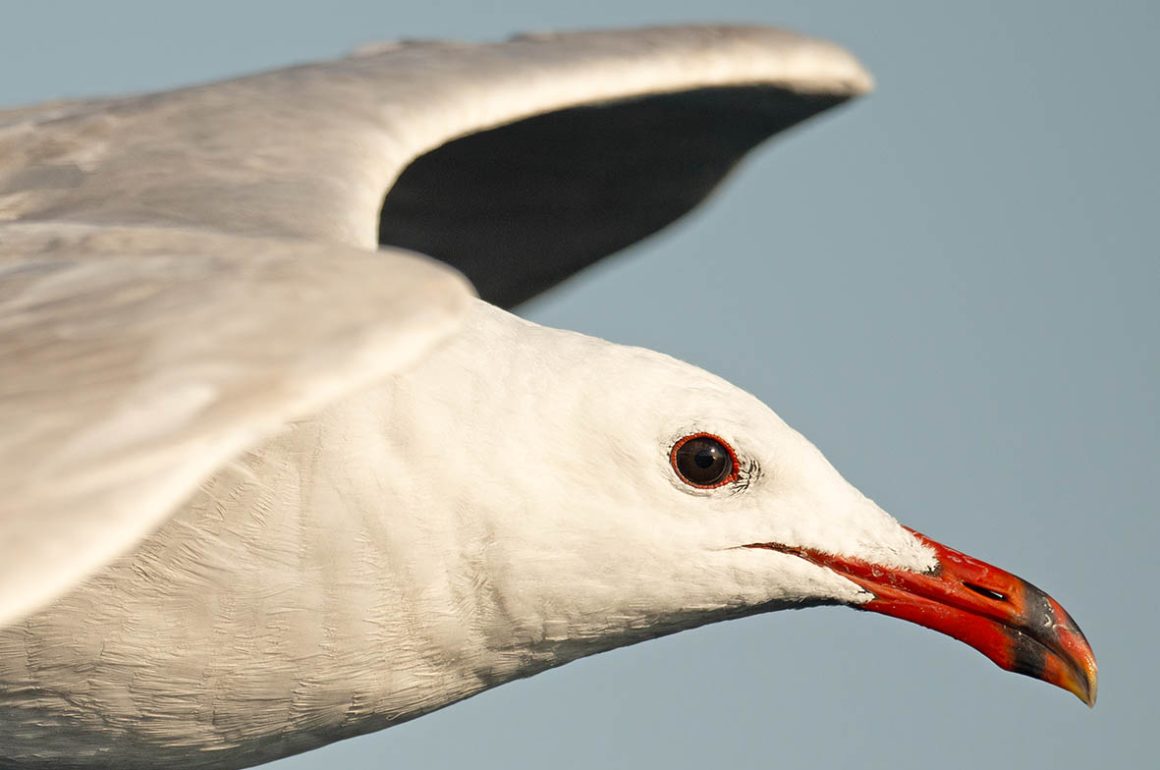
Last week I wrote about the hot and dry conditions that now affect much of the Iberian Peninsula. My own solution when it comes to birding at this time of the year is to concentrate on the coast. At Gibraltar, where I live, I spend many hours at its southernmost tip, Europa Point. If the winds are blowing from the west, the afternoons can be spectacular. As the land heats up, a fresh south-westerly sea breeze sets in. Many birds heading towards the Atlantic, whether migrating or performing feeding movements, are pushed inshore. Sea-watching has always been exciting for me because there is always the chance of something unexpected turning up. It is a bonus but simply standing on top of a cliff feeling the cool sea breeze on your face is sufficient reward.
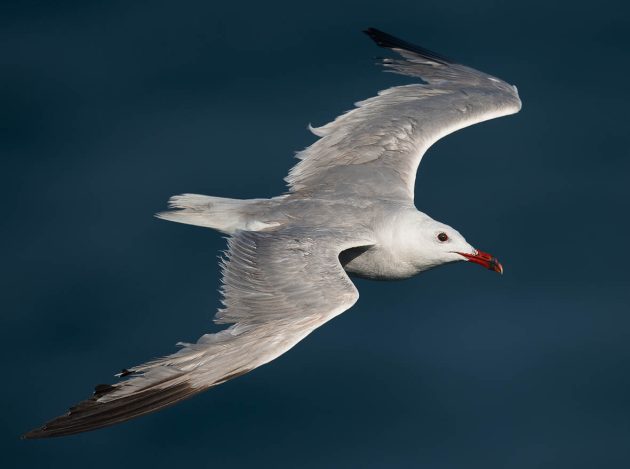
I covered the main species in my 23rd June article “When the sea becomes a desert”. Certainly, the migration of Audouin’s Gulls (Ichthyaetus audouinii) out of the Mediterranean is now gathering pace and it is a great time to observe these birds in their array of plumages, according to age. Europa Point, Gibraltar, has to be the best place to observe and photograph these gulls at close quarters.
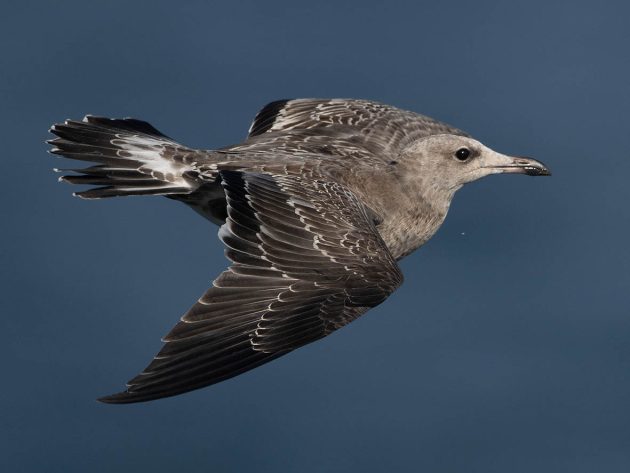
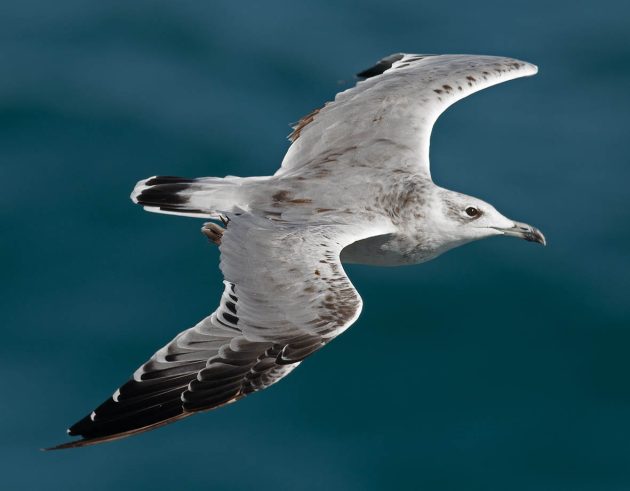
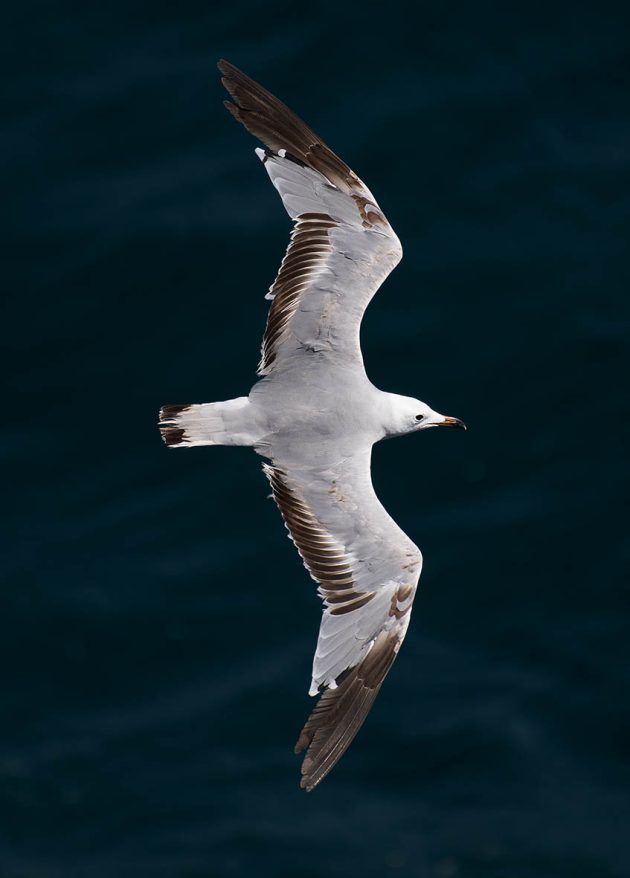
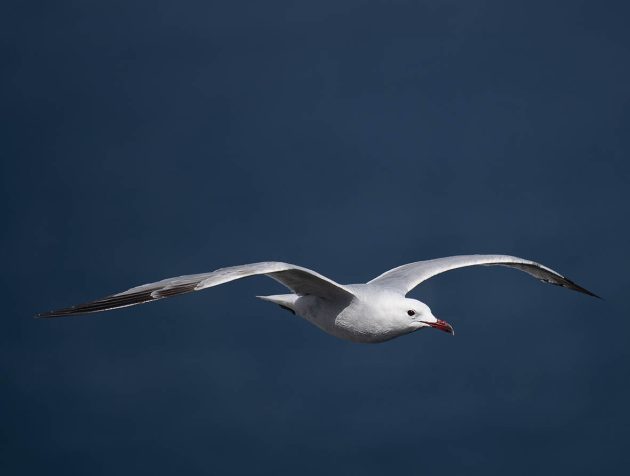
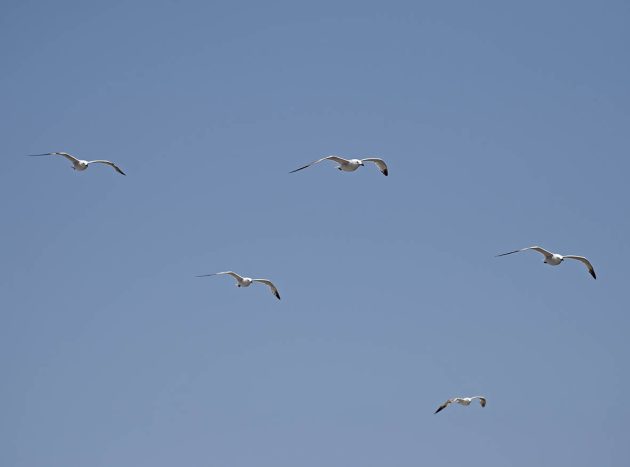
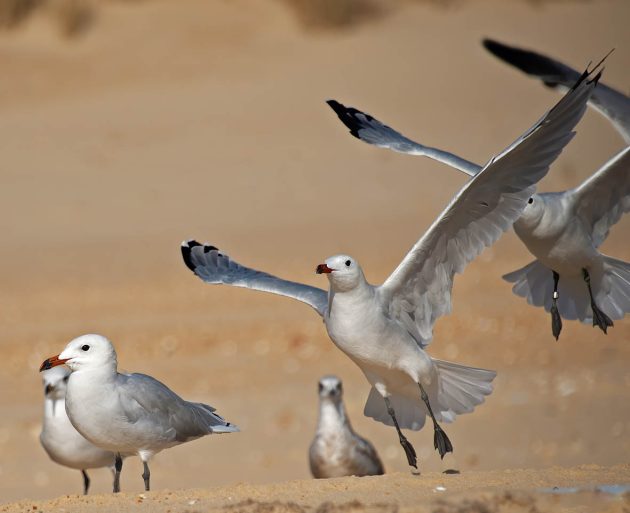
Another gull that has become regular and whose numbers have increased in recent years, is the Mediterranean Gull (Ichthyaetus melanocephalus). These also show up, often in family groups, from the east and steadily approach the point before turning south-west towards the Atlantic.
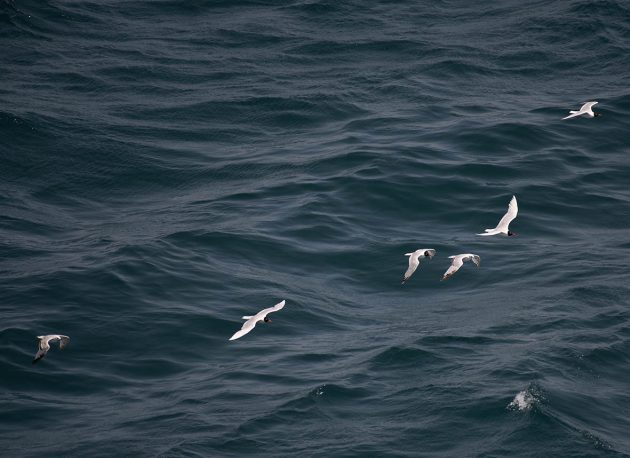
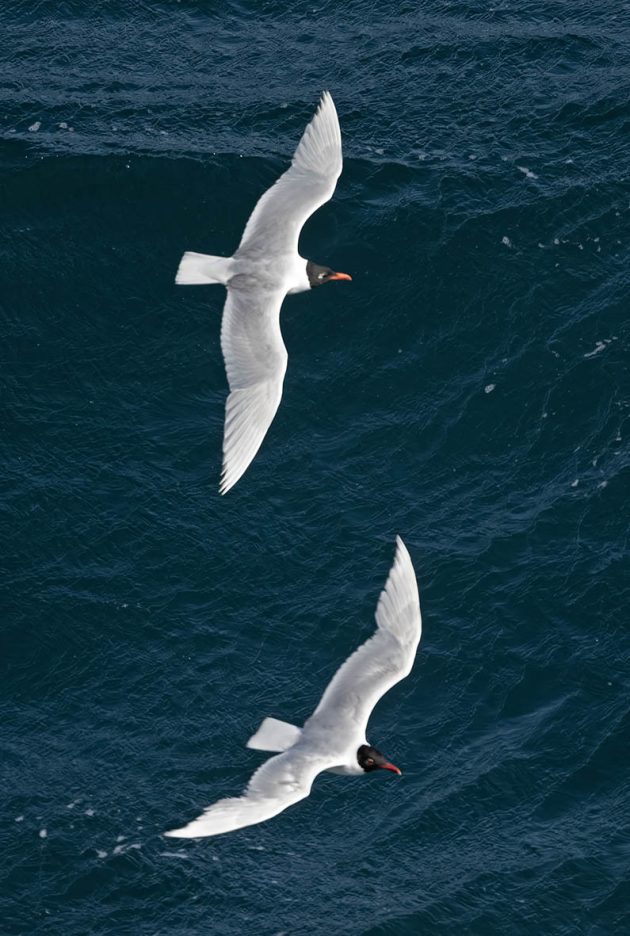
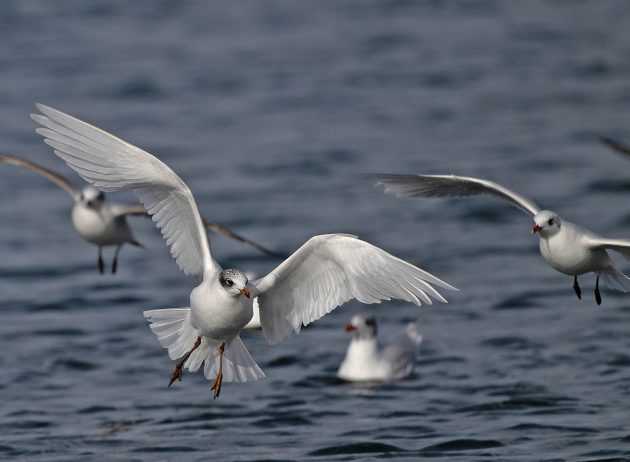
Less frequent, but also showing is the Slender-billed Gull (Chroicocephalus genei). If I really want to see these elegant gulls, then I can always drive up to the Atlantic coast and the estuary of the Guadalquivir River where they breed.
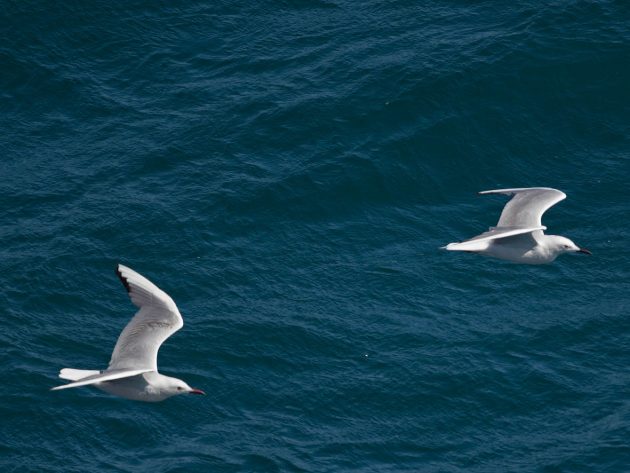
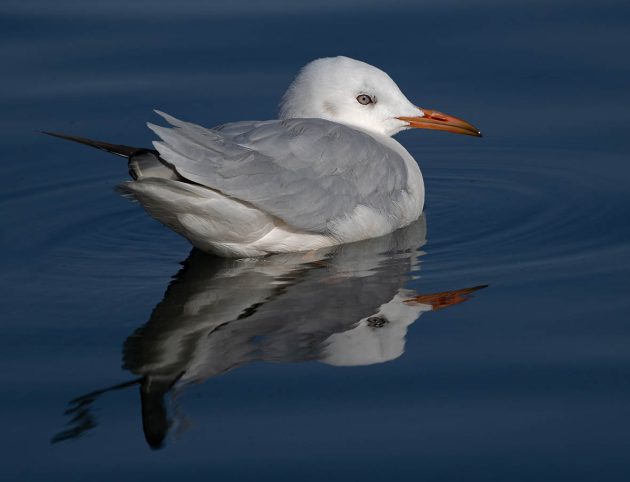
Not all birds showing up now are gulls. Two waders pass through in reasonable numbers. These are Oystercatchers (Haematopus ostralegus) and Whimbrels (Numenius phaeopus), birds coming from the High Arctic in the latter case or from more southerly latitudes in the case of the former. Both are heading for rich wintering grounds off the West African coast.
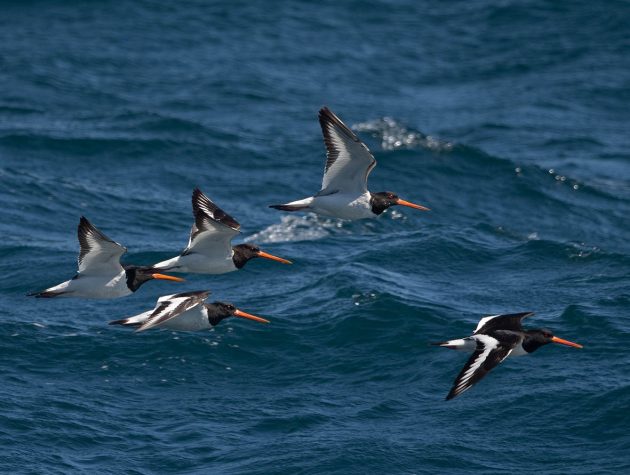
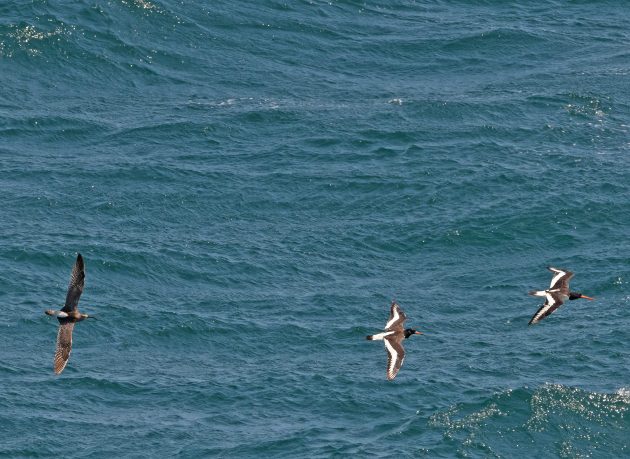
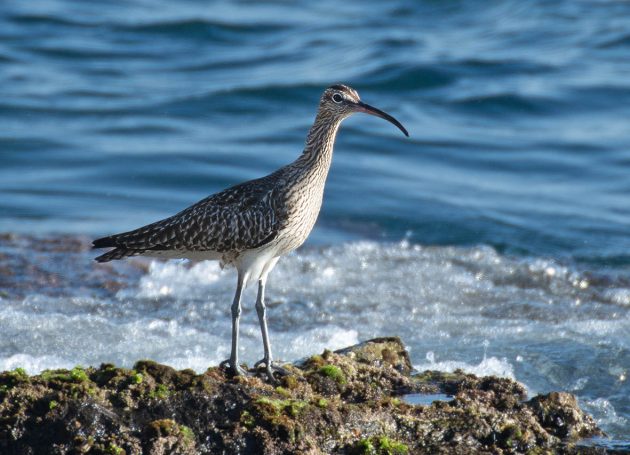
Last week I wrote about the Black Kites (Milvus migrans) that are now heading south. With fresh south-westerlies good numbers of these kites are drifted out to sea, east of the Rock. They then make an exhausting flight back in a north-westerly direction to find land. Many evenings I’m watching seabirds and flocks of kites arrive from the south-east and fly north back towards the hinterland. These lucky ones have lived to fight another day, perhaps when conditions improve. I’m sure that many others are not so lucky and drown away from sight of land.
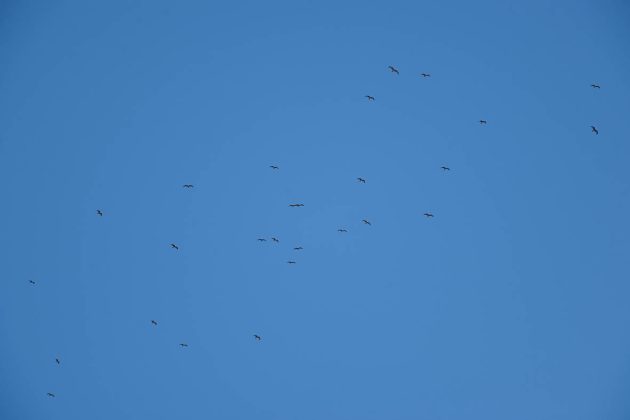
I always go out in the hope of seeing another very special bird that shows up at this time. This is Eleonora’s Falcon (Falco eleonorae). These are scarce but they do show up consistently in July and early August. They are birds that venture inland in search of concentrations of insects which they feed on prior to moving to their island colonies to breed. Others are non-breeding individuals wandering in search of food. The birds that I see, almost invariably, come in from the south, very probably the Moroccan coast just 21 kilometres away.
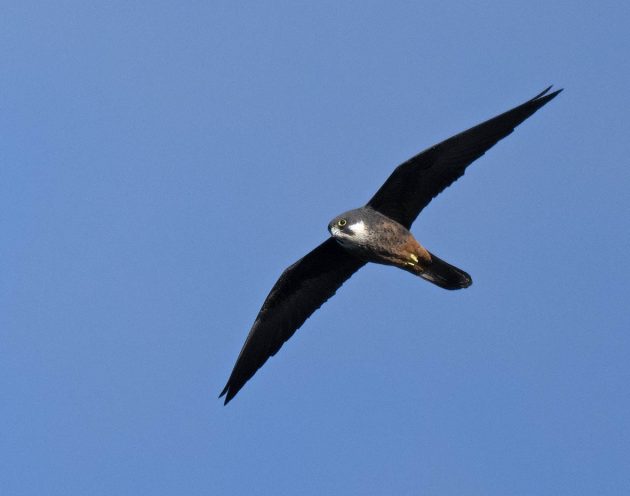
Sea-watching from the coast is great fun right now and it keeps me cool. Next week I’ll take a step further. In recent years pelagic trips have become increasingly popular and they offer a different window, one of seabirds that have always been out there at this time but that we have never been able to see from the coast.
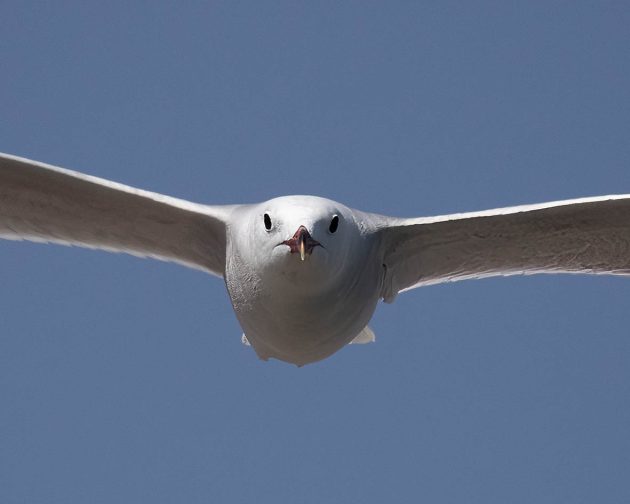











Apparently, the largest colony of Audouin’s Gull is now in the Algarve.
https://spea.pt/imprensa/maior-colonia-do-mundo-da-gaivota-de-audouin-vive-na-ria-formosa-e-esta-a-crescer/
Are your gulls on the way there, Clive?
Yes indeed, Peter. I recall when the Ebro colony was established in the early ’80s and the population grew exponentially. Prior to that, the Chafarinas Islands had held the largest colony. In a matter of years we went from seeing a few to seeing hundreds, even thousands, per day on migration. I think that our birds are from Mediterranean colonies heading out towards the West African coast, although some will undoubtedly head north-west on reaching the Atlantic. This may well have been how the Algarve colony was founded.